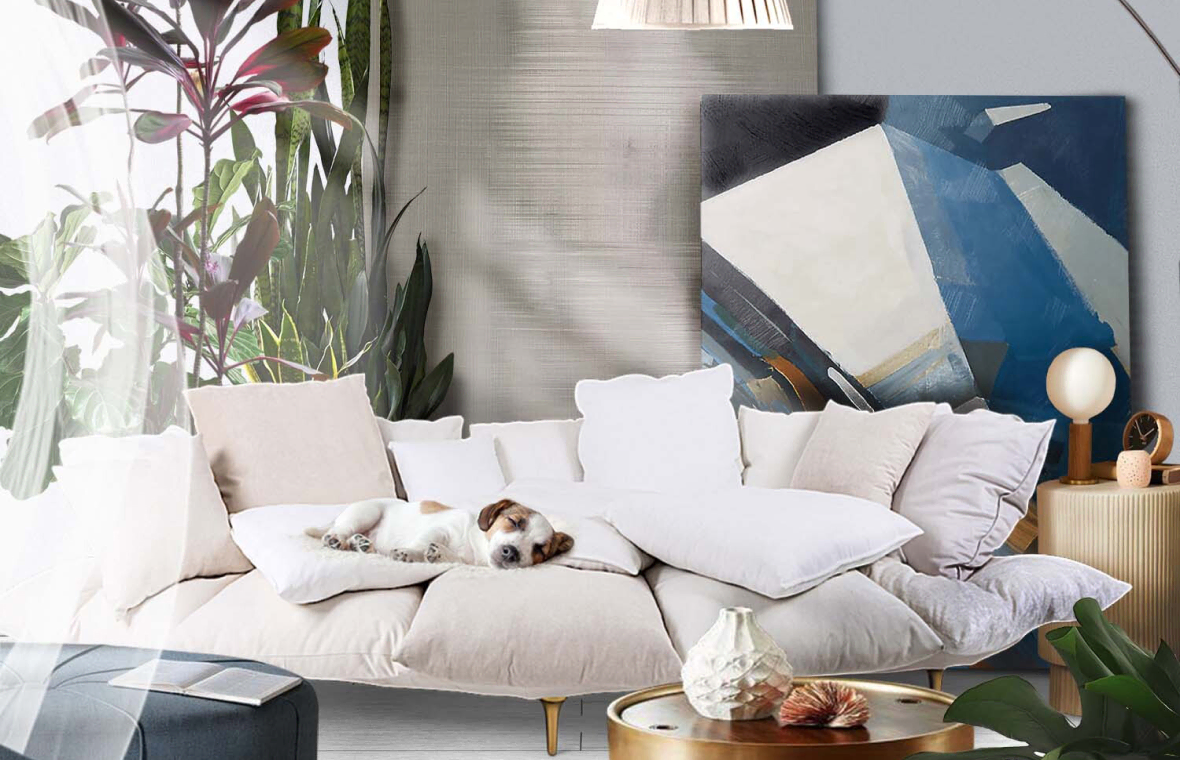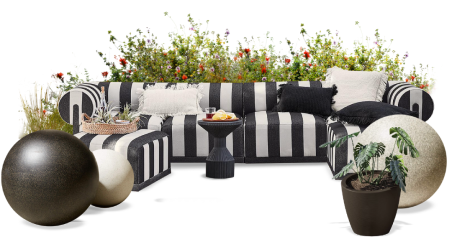How to Bring Biophilic Design into Healthcare Facilities
 by Silvia|Jun 30, 2022
by Silvia|Jun 30, 2022Hospitals and healthcare facilities are not the first that comes to mind when thinking about good design. Yet they’re such important places that they would deserve a different kind of attention.
Let’s explore the design of healthcare facilities from a biophilic perspective, and discover how biophilic design could help.
Changing Perspective
Healthcare design has traditionally been focused on functionality, and on delivering treatments efficiently and timely. All fundamental considerations, but that miss one point: the experience of the space.
It’s very rare to feel welcome when entering a healthcare facility, and even more rare it is to feel comfortable. Healthcare spaces will clearly never be as comfortable as a home, but they could be better.
Creating a more welcoming and curated ambiance would put patients and visitors at ease while placing workers in a better state of mind. Additionally, studies have proven that biophilic spaces speed up patients’ recovery and even reduce the need for certain medicines!
Investing in biophilic design would then improve how people instinctively feel in these delicate spaces, while at the same time making them more effective in their ultimate mission - treating patients.
Healthcare facilities are very expensive and budget is one of the main reasons why design has traditionally not been on top of the priority list. But these findings suggest that biophilic design should be seen as an investment more than a mere cost.

Credit: HAS – Ph: Ivo Tavares Studio
Rooms
Patients’ rooms are among the most important spaces in healthcare facilities. What rooms look and feel like dictates how patients will feel and can facilitate the healing journey.
One of the biggest challenges is maintaining practical hygienic requirements while preventing the space from feeling as sterile as it actually needs to be.
Natural materials and colors can immediately introduce warmth to the space. And nature-like finishes can replace their natural counterparts whenever needed, keeping up with hygienic requirements.
The point of view of patients is another vital aspect.
What’s in sight from the beds? Landscape pictures, images of natural details, plants…they all can add interest to a view that otherwise risks becoming boring and gloomy.
Ideally, every patient should be able to look out of a window to get a feeling of time, see what happens outdoors, and get access to what biophilic design calls non-rhythmic sensory stimuli. What’s out of the window is also crucial as it’s been shown that nature's views accelerate recovery and reduce the perception of pain.
Privacy is another point to consider.
Healthcare rooms are usually shared, but how can their design ensure a certain degree of privacy for each patient? The biophilic concepts of prospect and refuge can help in this sense.

Credit: Bates Smart – Ph: Peter Clarke

Credit: Integrated Field (IF) – Ph: Ketsiree Wongwan
Communal Spaces
Communal spaces are receptions, waiting areas, corridors, and all those areas that are accessible to patients and visitors alike.
Rarely if ever, do they feel welcoming, and biophilic design could help a lot by introducing material richness, colors, and life (such as living plants). Sounds and other multi-sensory features could also become part of a better, more enjoyable experience.
Traditionally, healthcare facilities have relied heavily on artificial lighting. More access to natural light and wellbeing-centered lighting systems would have a huge impact on the space and its experience.

Credit: UID Architects – Ph: Hiroshi Ueda

Credit: MADA Design Factory – Ph: Thanawat Petchchanthorn

Getting Creative
An interesting approach to improving the design of healthcare spaces is challenging how things have always been done – considering both physical and experience-related aspects.
For example, healthcare equipment often looks intimidating and honestly pretty drab. This has an immediate and unconscious impact on how users feel: uncomfortable.
So why not rethink how healthcare equipment and furnishings are designed? Working with organic shapes, pleasant materials and an overall more curated design would immediately change how people feel next to those objects.

Credit: Udesign Architecture – Ph: Ibrahim Ozbunar

Credit: Udesign Architecture – Ph: Ibrahim Ozbunar
From an experience point of view, one relevant example would be the importance of outdoor spaces. Who said patients have to stay indoors all day long?
Incorporating gardens and outdoor spaces (maybe even with a water feature) could change patients’ days for the better, introducing a pleasant appointment and an enjoyable source of distraction while mitigating that sense of being “out of the world”.

Credit: Hariri Pontarini Architects – Ph: Doublespace Photography

Credit: Ballinger
Healthcare is starting to reconsider the importance of design and facilities that incorporate biophilic elements do feel much more welcoming and less sterile. Hopefully, this is just the beginning of a new season for healthcare design!
Ultimately, biophilic design in healthcare facilities revives these spaces so that they can serve people better, becoming less intimidating, more pleasant…in a word, more human.
This article was written by Silvia from DforDesign.
Meet The Author
Silvia is an interior designer and content creator who resides in Switzerland. For her, interior design is way more than aesthetics. That's why she says that she's on a mission to make interiors good for wellbeing and our planet.
Both on clients' projects and on the blog, her work focuses on:
Biophilic Design: wellbeing-centered interiors that take inspiration from nature.
Sustainable Design: products & materials that are mindful of the environment and support the development of a circular economy.
















 19h left
19h left



